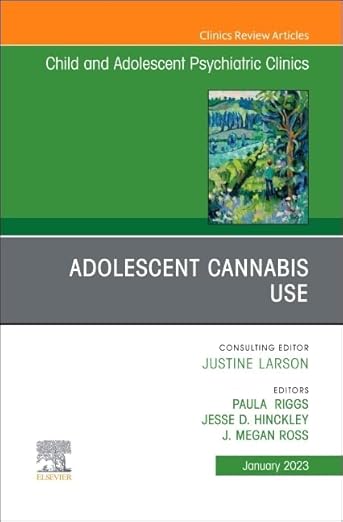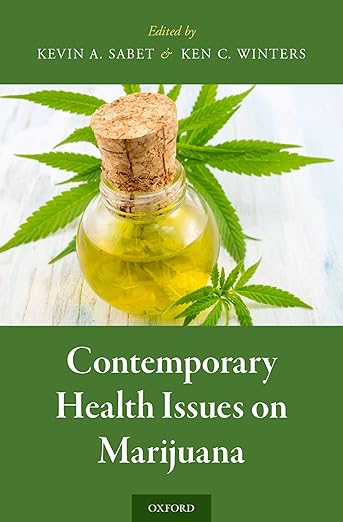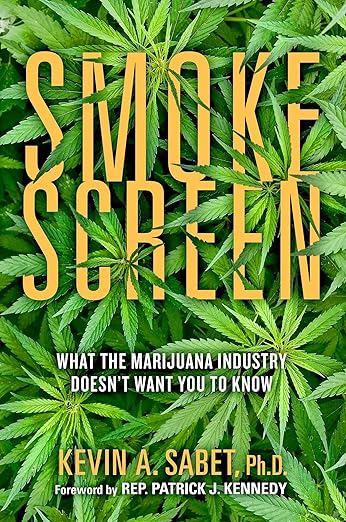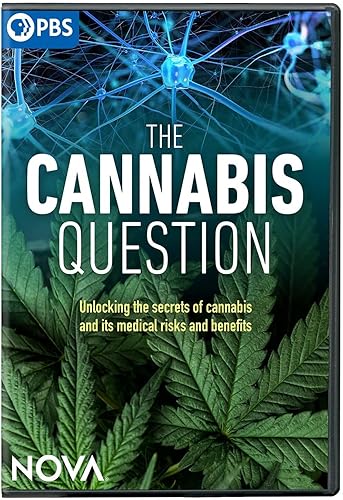Cannabis (Marijuana)
Marijuana refers to the dried leaves, flowers, stems, and seeds from the Cannabis sativa or Cannabis indica plant. Marijuana is a psychoactive drug that contains close to 500 chemicals, including THC, a mind-altering compound that causes harmful health effects.
People smoke marijuana in hand-rolled cigarettes, in pipes or water pipes, in blunts, and by using vaporizers that pull THC from the marijuana. Marijuana can also be mixed in food (edibles), such as brownies, cookies, and candy, or brewed as a tea. People also smoke or eat different forms of marijuana extracts, which deliver a large amount of THC and can be potentially more dangerous.
Marijuana and THC remain illegal at the federal level, even though many states have legalized its use. In states where legal, marijuana is a fast-growing industry with sales to individuals over 21 in retail stores, wineries, breweries, coffee shops, dispensaries, online, as well as grown at home.
From Our Collection
Marijuana IS Addictive
Research shows that:
- 1 in 6 people who start using the drug before the age of 18 can become addicted.
- 1 in 10 adults who use the drug can become addicted.
The Risks of High-Potency Cannabis
Over the past few decades, the amount of THC in marijuana has steadily climbed; today's marijuana has three times the concentration of THC compared to 25 years ago. The higher the THC amount, the stronger the effects on the brain—likely contributing to increased rates of marijuana-related emergency room visits.
While there is no research yet on how higher potency affects the long-term risks of marijuana use, more THC is likely to lead to higher rates of dependency and addiction. High potency cannabis use has been linked to increased risk of psychosis.
Sources: SAMHSA, The Lancet Psychiatry.
Research & Data
- Cannabis Health Statistics
Data and statistics on adverse health events, demographic risk factors, and trends related to cannabis consumption in the state, from the Connecticut Department of Public Health.
- Connecticut SEOW Prevention Data Portal
Search, view, and access 200+ indicators relevant to substance use/misuse, mental health, suicide, gambling, and social determinants of health. Explore 30+ data sets relevant to behavioral health, each with multiple visualization capabilities, downloadable data, and metadata.
- PubMed
PubMed comprises more than 20 million citations for biomedical literature from MEDLINE, life science journals, and online books. Citations may include links to full-text content from PubMed Central and publisher websites.
- Research Data, Measures & Resources - NIDA
Links to various NIDA publications, databases, surveillance, prevention & treatment resources, and more.
- SAMHSA Data
Find data and reports on mental health, substance use treatment, and drug use from sources that include: the National Survey on Drug Use and Health (NSDUH), Treatment Episode Data Set (TEDS), National Survey of Substance Abuse Treatment Services (N-SSATS), National Mental Health Services Survey (NMHSS), and more.
- The Connecticut School Health Survey
Screening Tools
Self-Help Groups
Fact Sheets
Videos
Podcasts
- Cannabis Use and Psychiatric Disorders (AMA Moving Medicine)
- Cannabis Use Disorder and Reasons for Use in a US State Where Recreational Cannabis Use Is Legal (JAMA Network)
- Preventing Cannabis Use Among Minors (AMA Moving Medicine)
- Shrinking It Down: Cannabis and the Teen Brain, featuring Jodi Gilman, PhD
Trainings
- Cannabis Webinar Series: The Green Adolescent Brain (ATTC)
- Cognitive Behavioral Therapy for Cannabis Use Disorders: Latest Evidence, Treatment and Ethical Considerations (Association for Cognitive and Behavioral Therapies)
- Lessons from the Field Webinar: Understanding and Preventing Student Marijuana Use (National Center on Safe Supportive Learning Environments)
- Preventing Underage Cannabis Use: Risk/Protective Factors & Effective Communication (PTTC)
Research Into Action Webinar: Driving Under the Influence of Alcohol, Cannabis, and Delta-8 THC (CADCA) - Teens and Marijuana: New Realities and Risks (Let's Talk, Hazelden)
The Effects of Cannabis on Psychosis | Provider Training Series: Dr. Deepak Cyril D'Souza (MindMapCT) Understanding Safety and Risk Concerns for Infants, Children, & Adolescents When Parents Use Cannabis (Administration for Children and Families)
Curricula & Lesson Plans
- Cannabis Awareness & Prevention Toolkit
From Stanford University
- Marijuana: Download the Facts
From Scholastic + NIDA
- Microlearning Toolkit: Cannabis Prevention 101
- Smart Talk: Cannabis Awareness and Prevention Toolkit
From Stanford University




